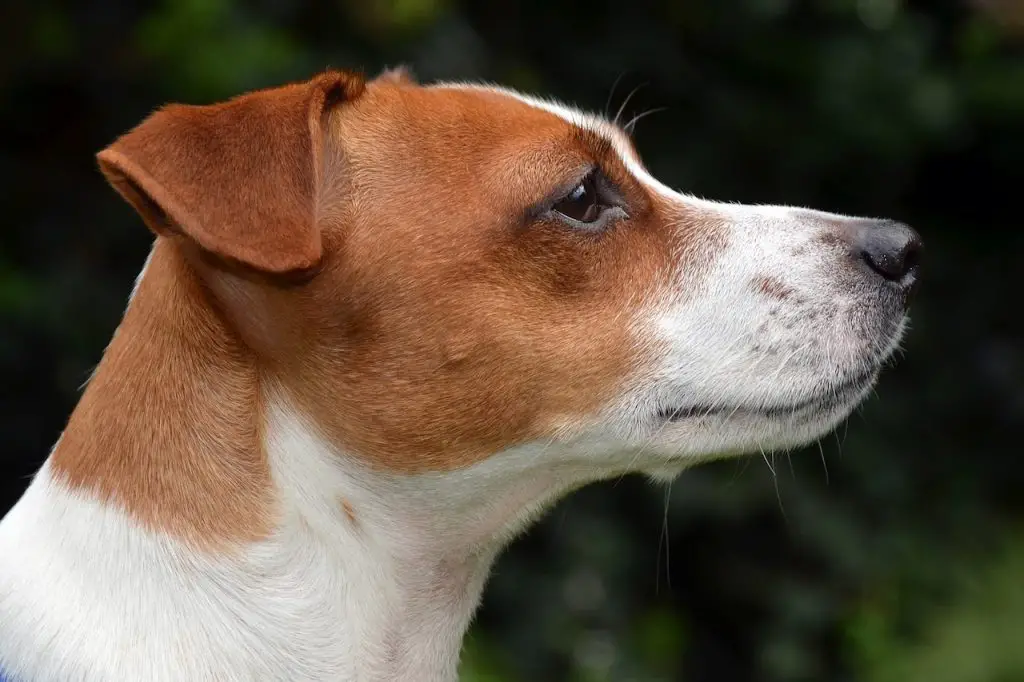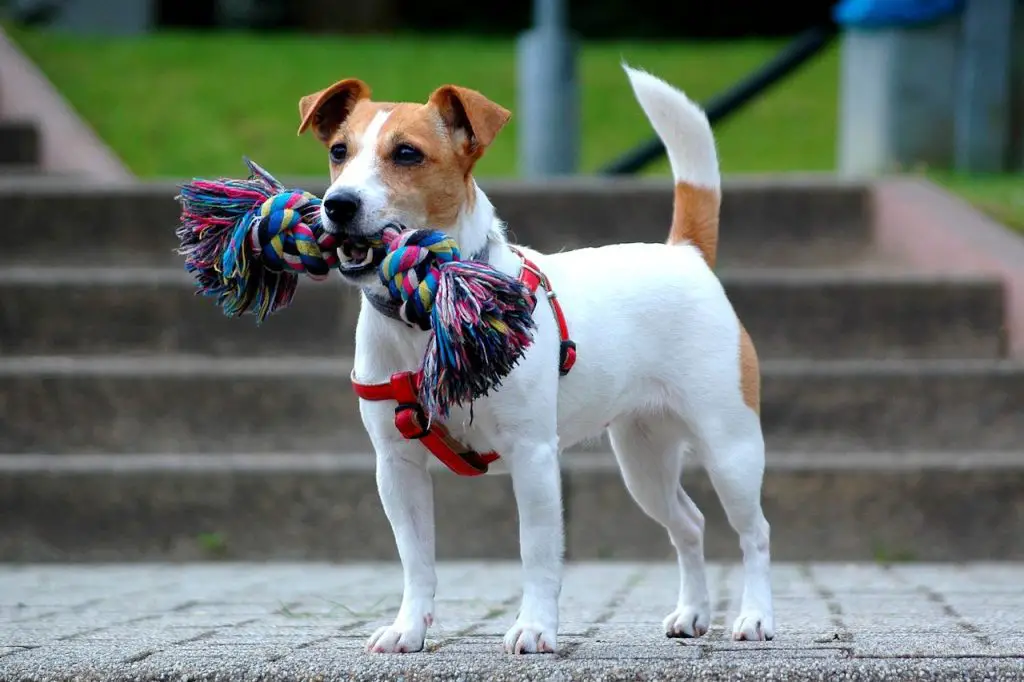The Jack Russell Terrier is a type of small terrier that has been bred over many generations for hunting rabbit and fox. They are intelligent, lively dogs that are especially quick on their feet. One of their most notable characteristics is their “direct gaze” which can be interpreted as either confrontational or friendly depending on the dog’s mood. This breed is not suitable for everyone because they can be difficult, but once you’ve learned how to control them they will prove themselves worthy companions who love to make friends with anyone or anything they come across.
Jack Russell terriers are one of the smallest terriers in existence, yet they have a big personality matched only by few other breeds. Sometimes referred to as the ‘Jack Russell terrier of terriers’, they are three times smaller than their close relatives, the Fox Terrier and the Rat Terrier. The height (un-registered) is 10-16 inches (25-40 cm), depending on sex and coat colour. The weight is usually in the 14 to 25 lb (6 to 11 kg) range, though some dogs are known to weigh as much as 35 lb (16 kg). Read more here about the Jack Russell Size.

The Jack Russell Terrier was developed from “Jack of all trades”, now extinct, 19th century sporting dogs. Known for their ability to catch rabbits and foxes, these small terriers had a strong hunting and retrieving instinct. These dogs were used by mink and rabbit hunters in the UK and Ireland. When hunting started to decline, people started breeding Jack Russells for their skills in show and field trials. Two of the most notable breeders are T.P. Crocker, who worked for Charles Vince, owner of the Avon Vale kennels near Bristol, England; and Rodney Leggo, who developed his line from a bitch named “Trump” owned by Betty Jane Hunter of Surrey in England.

These two lines of dogs became the foundation of the modern Jack Russell Terrier we see today. A breed standard was drawn up in 1908, and the Jack Russell Terrier Club was formed in 1909. The club became part of the newly established American Kennel Club in 1911, but recognition of the Jack Russell Terrier outside of the UK has been difficult. Despite worldwide recognition for their hunting ability and great successes in field trials, they were not officially recognised by The Kennel Club (UK) until 1935. It is still not recognised by all countries. Australia came close to recognizing the breed on three separate occasions, but has yet to officially recognize it. The breed standard was updated and approved by the UK Kennel Club in 2006.
The Jack Russell Terrier must have a kind, friendly, and fearless temperament. They are suited to many different situations, but they prefer being around small animals such as rabbits and guinea pigs. The breed does not like to be shut away from their environment or forced out of their comfort zone. If you are looking for a dog who will do anything for food or a toy which looks like it might be edible, this isn’t the breed for you. The breed is more then willing to perform tricks such as rolling over, jumping through hoops, and ‘spelling’ words with letters of the alphabet and their “hand”.

The only flaw in this otherwise perfect dog is their stubbornness. If trained from the beginning, these dogs are easy to control, but if allowed to get away with things they can become difficult. They are great at escaping when they don’t want to do something, and when training them it is important that you get your message across with just a stern look. They have a tendency to be jealous of other pets or children and will try to take food or toys away from them. This problem can be fixed with enough supervision and by making sure that your Jack Russell understands its place in the “pack”. Their prey drive makes these dogs unsuitable for people who are disturbed by animals being hurt. Although they are great family dogs, they do not do well with over-indulgence, and it is important that you pick up on their meaning when they are pointing their noses at people.